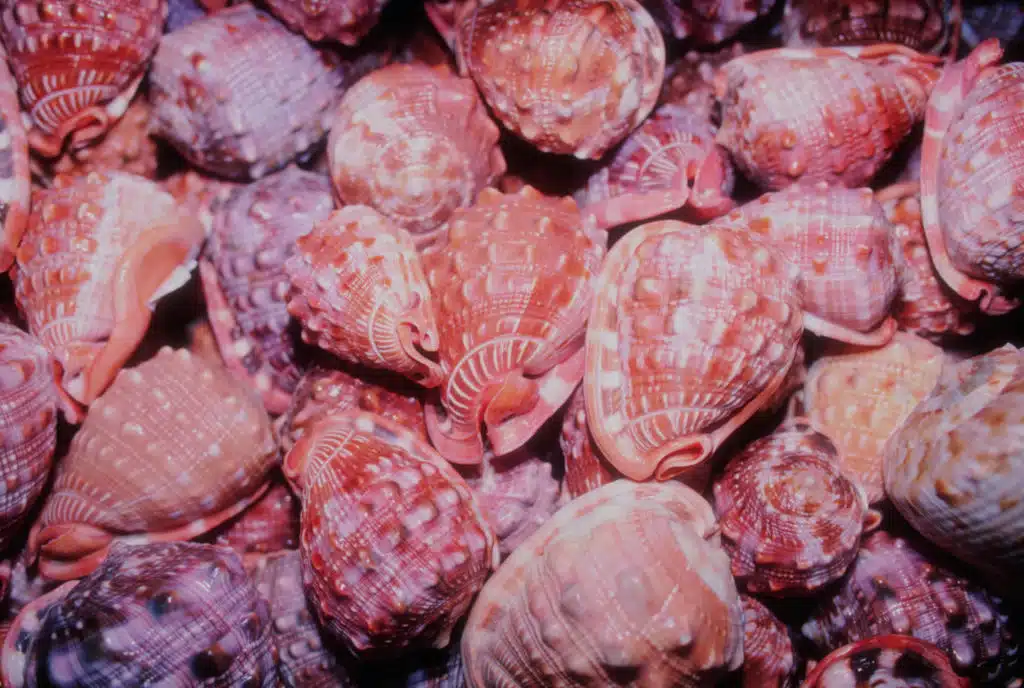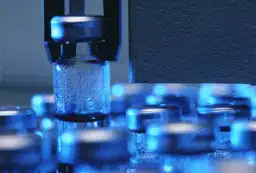Puberty blues: goby fish choose their sex to find a mate
New research on the Great Barrier Reef has revealed that some young reef fish can choose when they mature and which sex they want to be when they grow up.
Research conducted by JP Hobbs, an honours student at James Cook University, Townsville, focused on a colourful goby that lives in bushy corals.
Announcing his research results at Fresh Science in Melbourne today, JP said, “We already know that lots of adult fish change sex. Now we’ve discovered that juvenile fish also possess this flexible sexual development,” he says. “With juvenile coral gobies this flexible sexual development is influenced by social conditions.”
JP found that juveniles only mature when they meet an adult fish. If they meet a male fish they mature as females and vice versa.
“It all relates back to a coral goby’s lifestyle,” he says. “The big adult gobies muscle their way into the larger corals where they form a breeding pair.”
“Juveniles are not allowed to live with the adults and are forced to live by themselves in corals too small to support a breeding pair. Here they eagerly await the disappearance of an adult so that they can enter the larger coral and pair up with the remaining adult.”
“With all the larger corals occupied by breeding pairs, there are very few opportunities for a juvenile to ‘get lucky’. So it makes sense for a juvenile to delay maturing until it finds a partner and then to mature into the opposite sex of the newfound adult.”
“We suspect this flexibility in juvenile sexual development also happens in many other reef fish. After hatching, fish larvae drift onto reefs and have no idea as to how many males and females are on a reef,” he explains. “Flexibility in sexual development will enable a juvenile to mature into the best sex for obtaining a mate.”
“It’s important that we understand what’s happening with these fish as there are implications for:
- conservation – the coral goby only lives in bushy corals which are very vulnerable to coral bleaching;
- aquaculture – to get the best growth rates, farmers need to understand how to stop fish from maturing;
- fisheries management – sex-changing fish require different management practices.”
JP is presenting his research to the public for the first time thanks to Fresh Science, a national program to bring public attention to the remarkable unsung achievements of young Australian scientists. He will be speaking to the public and school students about his work on Tuesday 19 and Wednesday 20 August at the Melbourne Museum.
Abstract
Presented at the Australian Coral Reef Society 79th Annual Conference. 8-10th November 2002. North Stradbroke Island.
Social facilitation of maturation and sex determination in the coral-dwelling goby, Gobiodon histrio
Jean-Paul A. Hobbs, Philip L. Munday and Geoffrey P. Jones
Centre for Coral Reef Biodiversity, and School of Marine Biology and Aquaculture, James Cook University Townsville QLD, 4811
Abstract
Plasticity in the timing and direction of life history transitions, such as maturation and sex determination, can be critical to maximising an organism’s lifetime reproductive success. In this study, I investigated the relationship between social conditions and flexibility in the timing of maturation and patterns of sex determination in the coral-dwelling goby, Gobiodon histrio, at Lizard Island, on the Great Barrier Reef. A combination of field observations, comparative histology and manipulative field experiments were initially used to determine how juveniles enter the breeding population by examining the interrelationships among habitat patch-size, social structure and mating system. These three different approaches were then used to test for plasticity in 1) the timing of maturation, and 2) the direction of sex determination at maturation, in response to variable social conditions.
Almost all censused colonies of Acropora nasuta were occupied by G. histrio, either as a single juvenile or an adult pair. Most pairs contained a mature male and a mature female, indicating that the mating system is likely to be monogamous. Paired fish were usually found on larger coral heads than single fish, suggesting that small corals cannot support a breeding pair. Social groups rarely exceeded two individuals, regardless of coral size, indicating that breeding pairs may prevent group size increasing on larger corals. Body size of single and paired fish was correlated with coral colony size, with small single fish found in small corals and larger paired fish found in larger corals. A habitat choice experiment revealed that both small and large fish have a preference for large coral colonies. Given that adult pairs occupied all of the larger A. nasuta colonies in the natural populations, it appears that size-based intraspecific competition for large corals prevents juveniles from cohabiting with breeding pairs. Consequently, there are likely to be few opportunities for a juvenile to move into a larger coral and establish a breeding pair.
The timing of maturation was found to be extremely labile and dependent on social conditions. In the natural population nearly all fish in pairs were mature. In contrast, approximately 60% of single fish in the same size range were immature. Experimental manipulations confirmed that juveniles remain immature while single and maturation is induced by the presence of a partner. Induction of maturation has not been previously demonstrated in reef fish and appears to be linked to juveniles occupying habitats separate to adults. Sex determination at maturation was also highly plastic. An experimental manipulation of social conditions demonstrated that juveniles were able to mature into either adult males or adult females depending on the sex of their partner.
This study demonstrated that G. histrio exhibits plasticity in 1) the timing of maturation, and 2) patterns of sex determination at maturation. This plasticity may have evolved to maximise reproductive success in an environment where the timing of pair formation and the sex of potential partners are highly unpredictable.
Images:
Please click on a thumbnail to download a larger image
Jean-Paul Hobbs
PhD student (Marine Biology) James Cook University (Townsville)
Which sex is best?
Social induction of maturation and sex determination in a coral reef fish
Abstract: Flexibility in life history transitions enables an individual to maximise its reproductive success in a range of environmental conditions. However, there are few vertebrate taxa that exhibit such flexibility, with the notable exception of coral-reef fishes. Even in coral reef fishes, where labile sex allocation is well described, induction of maturation and environmental sex determination at maturation (ESD) has not been demonstrated. Here we examine flexibility in the timing of maturation and sex determination in a coral-dwelling fish, Gobiodon histrio. In the field, single individuals matured at a larger size than paired individuals, indicating plasticity in the timing of maturation. By manipulating social conditions we demonstrated that both the timing of maturation and the sex of the maturing individual are determined by social conditions. Single juveniles did not mature, but maturation was rapidly induced by the presence of an adult partner. In addition, sex determination was found to be completely labile, with juveniles maturing into the opposite sex of the partner encountered. This is the first experimental demonstration of social induction of maturation and ESD at maturation in reef fish. This flexibility enables individuals to maximise their reproductive success in an environment where the timing of mate acquisition and the sex of their future partner are unpredictable.
Personal details
Qualifications: Bsc (1998-2000) and Honours (1st class) (2001-2002) completed at James Cook University Townsville, School of Marine Biology and Aquaculture









 Fresh Science is on hold for 2022. We will be back in 2023.
Fresh Science is on hold for 2022. We will be back in 2023.